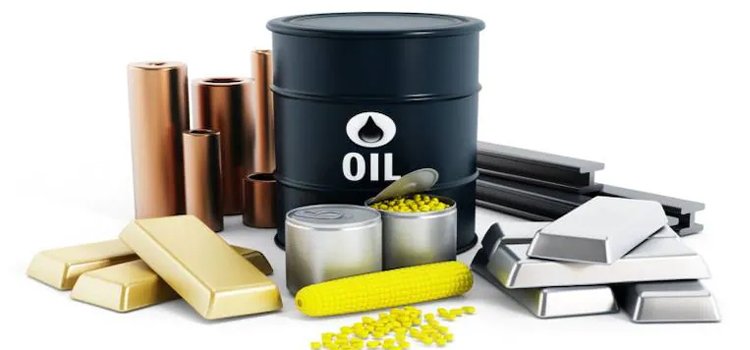ECONOMY
Commodity prices went through the roof in 2021, but analysts see them softening in 2022
- IBJ Bureau
- Jan 02, 2022

Commodities surged the most in over a decade in 2021 as a rebound in demand from pandemic lockdowns was met with constrained supplies, fuelling inflation around the world and forcing governments to act. But 2022 may tell a different story.
The Bloomberg Commodity Spot Index, which tracks 23 energy, metal and crop futures, ended 2021 with a 27 per cent gain, the biggest since the 2009 recovery from the great financial crisis. Prices for everything from gasoline and corn to copper and lumber soared, making it more expensive to fill up the tank, build houses, eat meat, manufacture cars and heat homes.
The rollout of vaccination campaigns and easing restrictions on travel and gatherings led to a surge in demand for raw materials at a time when supplies were still largely restrained due to a lack of capital spending, weather-driven crop losses and logistic bottlenecks. Widespread shortages drove a rally that was particularly acute in commodity futures for near-term delivery, making the market even more attractive for funds already looking for exposure to energy, food and metals as an inflation hedge.
As 2022 dawns, though, there are growing doubts about how far commodities can keep rising as a projected slowdown in economic growth, especially in China, and a rebound in supplies will likely weigh on prices. This year’s rally has put inflation at the centrestage of policy-making, with central bankers considering scaling back the massive injections of cash used to revive economies during the heights of the pandemic. The spectre of rising interest rates also means commodities could appeal less to investors.
Already, hedge funds have slashed their bullish wagers on commodities by 35 per cent since a February peak, according to data from the US Commodity Futures Trading Commission compiled by the Bloomberg.
On the political arena, US President Joe Biden was faced with mounting criticism for the higher cost of living, in particular gasoline prices at the pump. In concert with other nations, he decided to release 50 million barrels of crude oil from US strategic reserves as a way to stem the oil rally. Similar steps were taken by China earlier this year to rein in soaring costs for metals. What’s more, the fast-spreading Omicron variant has blurred the demand outlook.
Ed Morse, the head of commodities research of Citigroup, sees a downturn in prices of raw materials helping ease inflationary pressure in 2022.
“We’re outright bearish on a whole bunch of commodities,” Mr Morse has said in a video to clients entitled, Deflation, Price Divergence and De-Bottlenecking...and More Volatility Ahead.
“This is really the opposite of what we were thinking last year when we were robustly bullish across all the commodities,” he has added.
The Bloomberg Commodities gauge has already dropped 6.4 per cent since hitting a record in October and had its first quarterly loss since early 2020, when pandemic fears led to a collapse in markets such as oil.
























Report By
View Reporter News